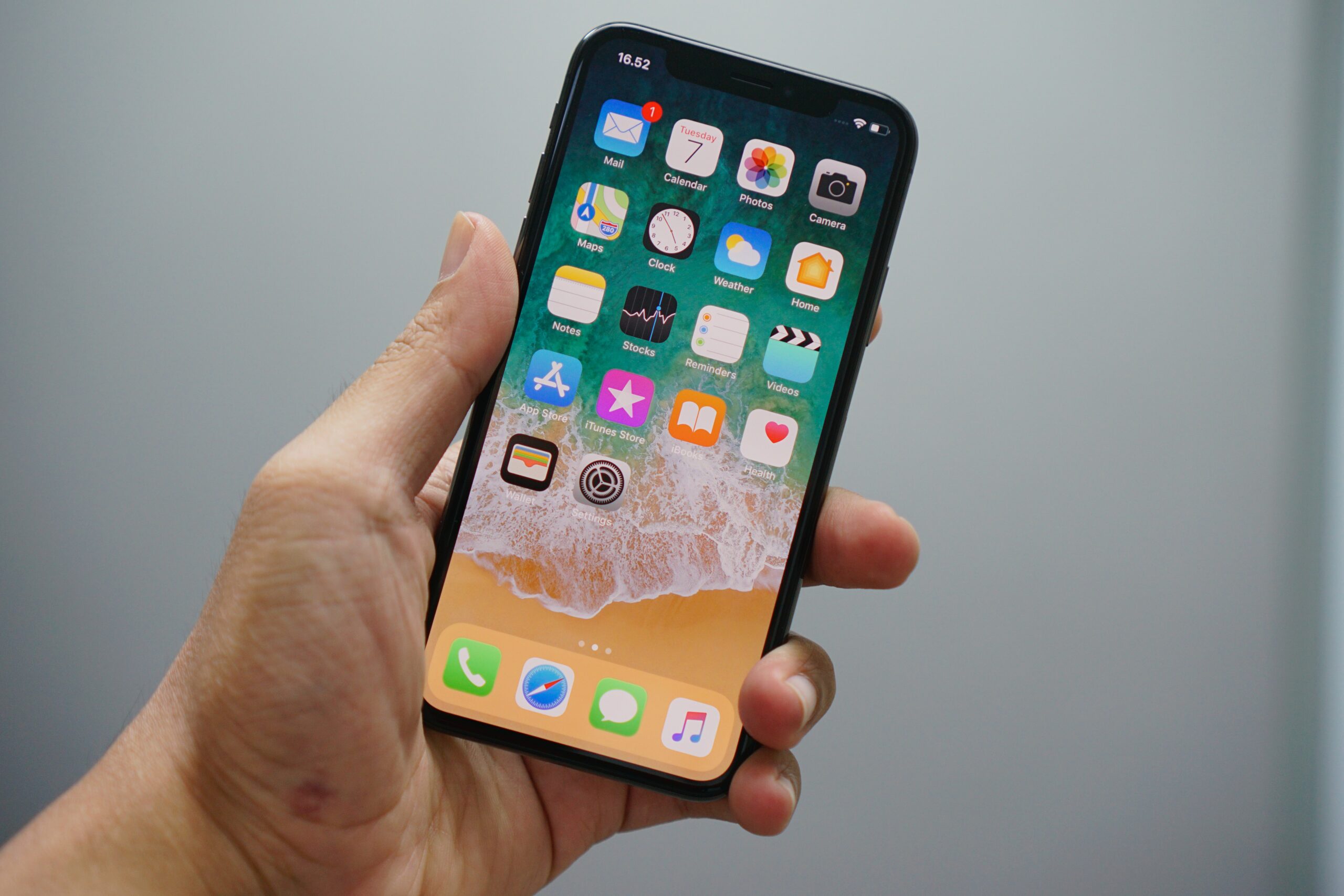A couple of years ago, there emerged a relatively new buzzword in the training and development industry – mLearning. mLearning, or mobile learning, is training that can be taken on a learner’s phone, often delivered in bite-sized chunks, so learners can complete modules while on lunch break or on the bus.
Since then, mobile learning has grown from a trendy concept to an industry necessity. Mobile technology has fundamentally changed the way organizations function, and in response, employers are adapting how they train their employees. These changes mean that providing mobile-responsive training is now something that needs to be front of mind when developing training.
Moving from traditional desktop eLearning to “mLearning” may seem like an unnecessary venture, but consider that in 2016, users would access digital media on their phone 51% of the time, compared to only 42% of the time on their desktop1. This trend of increased usage of mobile devices is poised to continue, which means that the training industry will need to keep up. In doing so, it’s important to understand why, when, and how to make the move to mobile.
Your solution
Although eLearning may seem to be falling out of fashion, learning on computer and mobile devices both still have immense value.
The decision to move from one to the other, or to integrate mobile elements into your existing eLearning program, needs to be based on your course objectives, and your learners’ needs. Before you make the move, ask yourself:
- Who are your learners? Are they working professionals? Students or professionals-in-training? Office workers? Tradesmen? Members of the public? What is your target demographic in terms of age and access to technology?
- Where are your learners? Will they be taking your course in an office environment? Will they have consistent and reliable access to wireless internet?
- How do your learners engage with technology? Are they comfortable using personal devices to take this training? Would they take advantage of the flexibility mobile learning allows? Do they expect information to be delivered seamlessly, at their fingertips at a moment’s notice?
- Are there content limitations that make mobile learning a challenge? For example, do you need to integrate certain diagrams that would not be readable on a smaller screen?
Going mobile
Training programs developed with an emphasis on mobile access can be inherently different from traditional eLearning, due to the change in medium. This means that the instructional design of mobile learning also needs to be different than the approach to eLearning.
Are you looking to make the switch? Or build an eLearning solution that incorporates mobile elements or is accessible across multiple device-types? Here are the top 5 things to keep in mind when designing your mobile learning solution:
- Interface: When bringing learning mobile, consider offering higher levels of user control, to make your course/module even more flexible and accessible.
- Design: Use familiar, intuitive designs that are easy to navigate on phone screens.
- Text and visual aids: Try to limit the amount of text you use as much as possible, or supplement it with visual aids such as photos, illustrations, or infographics.
- User experience: Employ interactive components to organize content and allow learners to engage in a way that minimizes scrolling.
That is a lot to keep in mind! One tool that our instructional design and eLearning development team have found immense value in is the Adapt framework. Adapt allows for the development of fully custom HTML5, mobile-responsive online learning. We have already developed several mobile-friendly courses using the Adapt framework. With Adapt, you can also develop a blended mobile and desktop/laptop learning solution, where your learners can move back and forth between a computer-based platform, and their phones.
References:
- KPCB, Internet Trends 2015 – Code Conference, 27 May 2015, http://www.kpcb.com/internettrends
